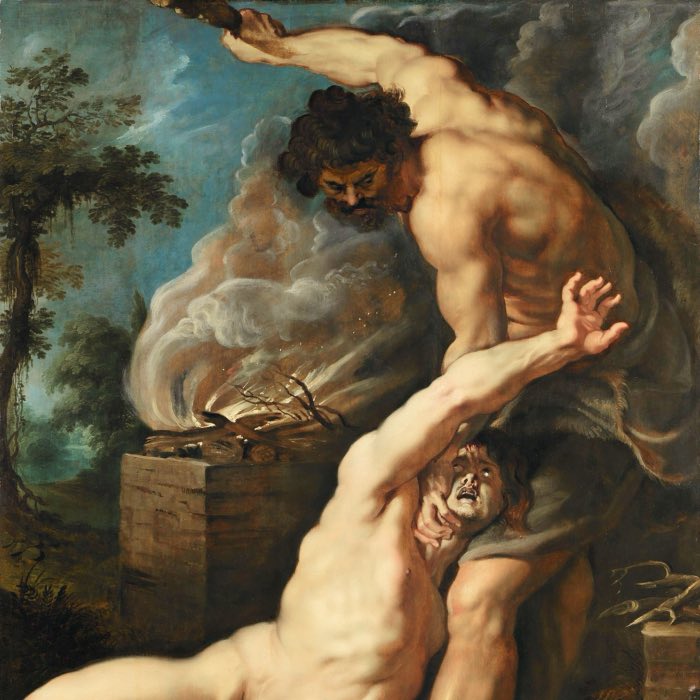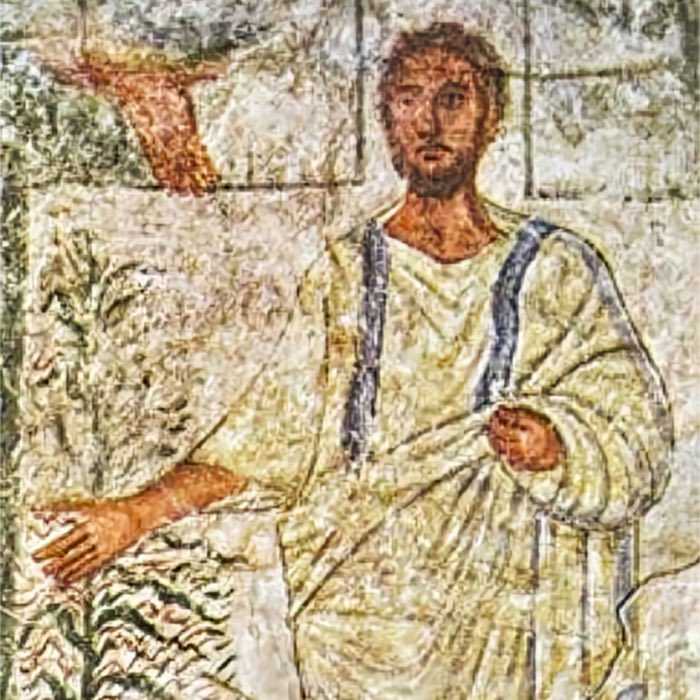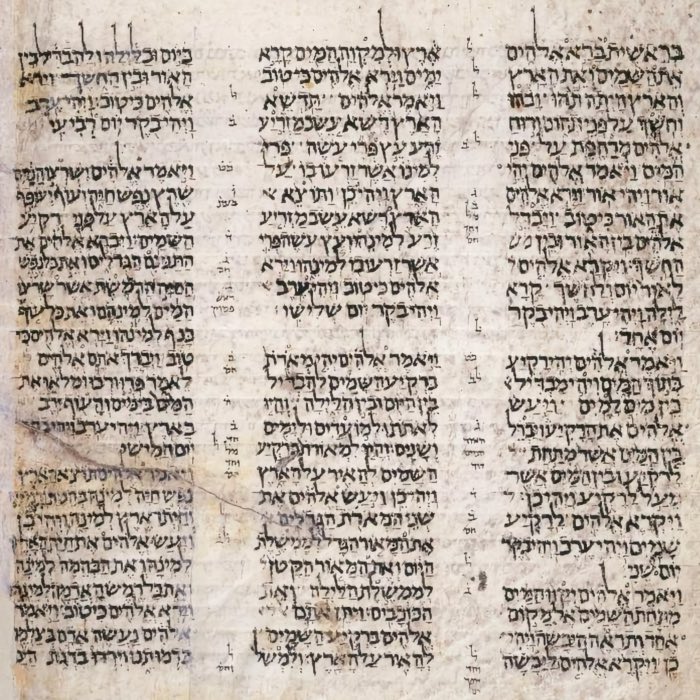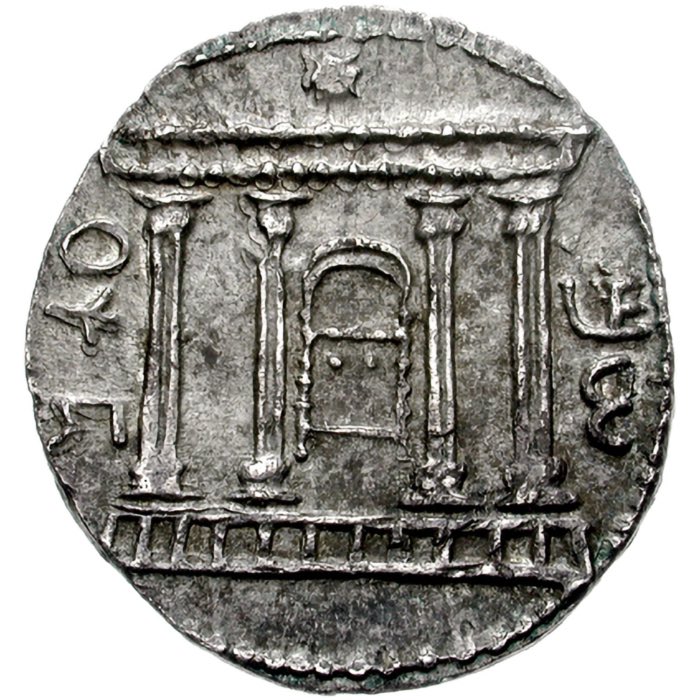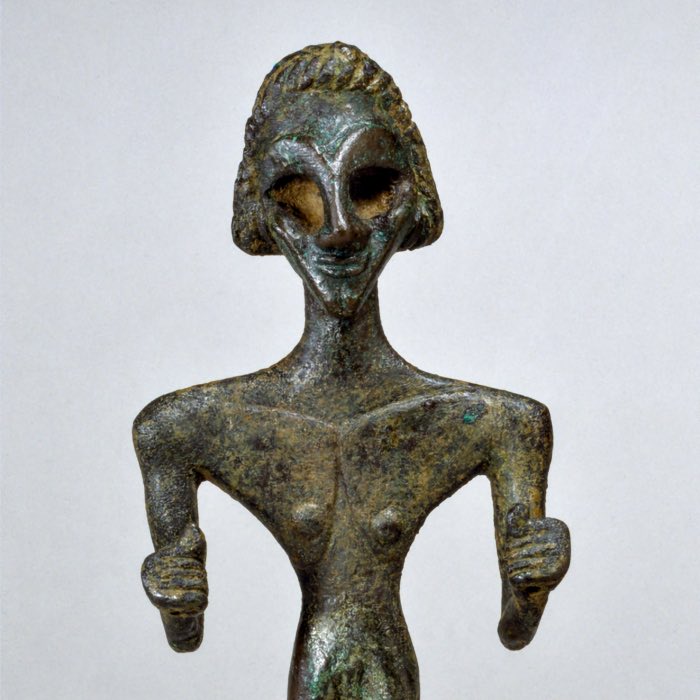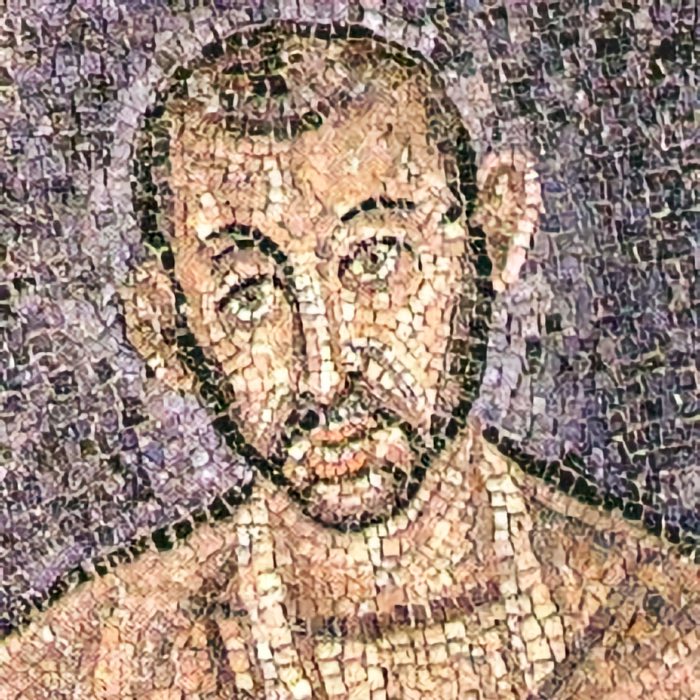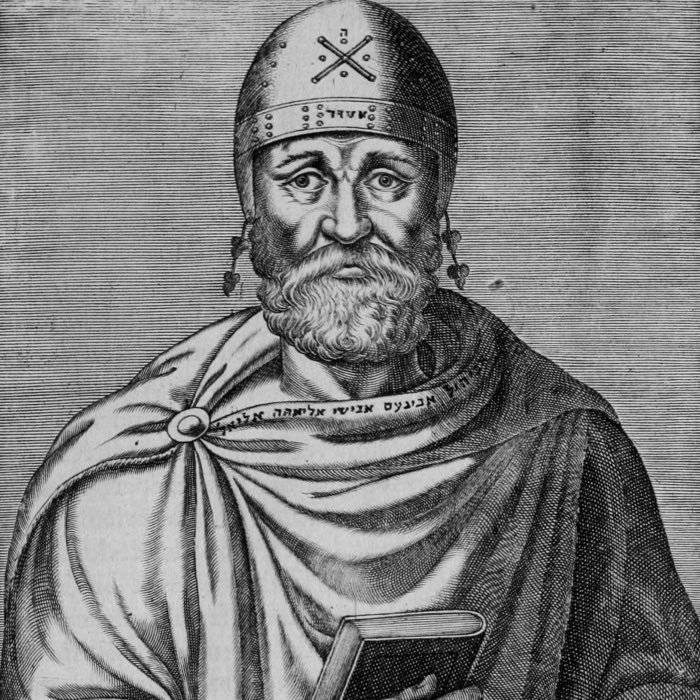Weekend Stories
I enjoy going exploring on weekends (mostly). Here is a collection of stories and photos I gather along the way. All posts are CC BY-NC-SA licensed unless otherwise stated. Feel free to share, remix, and adapt the content as long as you give appropriate credit and distribute your contributions under the same license.
diary · tags · RSS · Mastodon · flickr · simple view · grid view · page 26/51
The concept of sin in Judaism and its central emphasis
The concept of sin (chet) in Judaism is deeply embedded within its theological framework, serving as a pivotal element in the relationship between humanity and YHWH. Rooted in the covenantal relationship established in the Torah, sin is understood as a deviation from the divine will, a breach of the moral and legal obligations set forth in Jewish law (halakhah). Unlike some religious traditions that view sin primarily as an inherent flaw or state of being, Judaism conceptualizes sin in dynamic and relational terms, emphasizing human agency, repentance, and the possibility of reconciliation.
The development of the concept of the Messiah in Judaism
The concept of the Messiah (Mashiach, ‘anointed one’) is one of the most enduring and evolving theological ideas in Judaism, reflecting the dynamic interplay between historical events, theological reflection, and communal aspirations. Rooted in the Hebrew Bible, the messianic idea emerged as a response to the political, social, and spiritual crises faced by the Jewish people, evolving over centuries into a rich and multifaceted tradition. While initially centered on kingship and divine appointment, the concept later expanded to encompass apocalyptic, eschatological, and redemptive dimensions.
The consequence of the Babylonian exile: The placeless god and a religious revolution
The Babylonian exile (586–539 BCE) stands as one of the most transformative events in the history of ancient Israel and the development of its religion. This period, marked by the destruction of the First Temple in Jerusalem and the forced displacement of the Judean elite to Babylon, presented an existential crisis for the exiled community. The loss of the Temple, the central locus of worship and divine presence, necessitated a rethinking of theological concepts and religious practices. The result was a revolutionary shift in the conception of God and the nature of worship, with YHWH emerging as a ‘placeless’ deity — one no longer bound to a physical sanctuary or specific geographical location. This theological innovation had profound implications for the development of Judaism and later monotheistic traditions, as it marked a departure from the territorial and cultic structures typical of ancient Near Eastern religions.
On the historicity of central figures of the Tanakh
The Tanakh, or Hebrew Bible which contains the Torah, Nevi’im, and Ketuvim, contains narratives that have shaped religious, cultural, and historical perspectives for millennia. Central to these narratives are key figures who play significant roles in the origin and development of ancient Israel. While traditional views regard these figures as historical individuals, modern biblical scholarship and archaeology have cast doubt on their historicity. In post, we examine the available evidence and scholarly debates surrounding the historicity of some of the most prominent figures in the Tanakh, including Moses, Abraham, Joshua, David, Solomon, and Job, emphasizing current scientific perspectives.
Origins of the books of the Jewish scriptures
The Hebrew Bible, or Tanakh, often perceived as a divinely inspired and immutable text, is in fact the product of centuries of human effort, cultural evolution, and theological reflection. Far from being a monolithic or static creation, the Bible emerged through a dynamic process of oral tradition, textual composition, compilation, and redaction. This process was deeply intertwined with the historical and social developments of ancient Israel and its surrounding cultures. The Bible’s origins reveal it to be a living and evolving work, reflecting the diverse voices, perspectives, and experiences of its authors and editors.
Archaeological evidence of the Israelites
The search for archaeological evidence of the Israelites — an ancient people whose narratives form the backbone of the Hebrew Bible — has long fascinated scholars and researchers. Archaeology provides a lens through which to understand the historical context of the Israelites, offering insights into their origins, settlement patterns, culture, and interactions with neighboring civilizations. However, the interpretation of archaeological data in relation to the biblical narrative remains a complex and often contentious field, shaped by differing methodologies, theoretical frameworks, and historical assumptions. In this post, we examine the archaeological evidence associated with the Israelites, focusing on their emergence in the Late Bronze Age and Early Iron Age (circa 1200–1000 BCE) in the Levant, their settlement in the central highlands, and their cultural and material practices. We also discuss the challenges and debates that arise in correlating archaeological findings with the biblical record.
Origins of YHWH and the early monolatry in the Hebrew Bible
The origins of YHWH, the God of Israel, and the early stages of monolatry as expressed in the Tanakh (or Old Testament) form a critical area of study in understanding the development of Jewish theology. The name YHWH first emerges in biblical tradition as the unique deity of the Israelites, but its historical and cultural antecedents suggest a more complex process of religious evolution. Early Israelite religion was not immediately monotheistic but likely began as a form of monolatry — a system in which one deity is exclusively worshiped without denying the existence of others. Over time, this monolatrous devotion to YHWH evolved into the monotheism that characterizes later Jewish thought.
A brief introduction to Judaism and its profound historical and philosophical significance
Judaism is not only one of the world’s oldest monotheistic religions, but it also serves as a foundation upon which some of the most influential traditions in the Western world have developed, particularly Christianity. Understanding Judaism requires a multifaceted exploration of its origins, its interaction with surrounding cultures, and the rich philosophical frameworks that have emerged within its tradition. I therefore thought, it would be beneficial to provide a brief series of posts on Judaism, exploring its historical and philosophical significance. While it is of course impossible to cover all aspects of such a vast and complex tradition in a few posts, I hope to provide a starting point for those interested in further exploring Judaism and its profound influence on the world’s religious and philosophical landscape
The influence of Greek philosophy on Christian thought: Foundations of Christian philosophy
The encounter between Greek philosophy and the nascent Christian tradition represents one of the most profound and transformative moments in the history of intellectual thought. Christianity, emerging from its Judaic roots and expanding into the Greco-Roman world, engaged deeply with the philosophical traditions of antiquity. Greek philosophy provided early Christian thinkers with the intellectual tools to articulate their theology, address complex metaphysical questions, and engage with the broader cultural and philosophical currents of the Roman Empire.
The interaction of Greek philosophy and Jewish thought: Hellenistic influence and the dynamics of Jewish philosophy before the Common Era
The encounter between Greek philosophy and Jewish thought during the Hellenistic period represents one of the most significant intellectual and cultural interactions of antiquity. This meeting was facilitated by the Jewish diaspora, particularly in centers such as Alexandria, where Greek and Jewish traditions coexisted and influenced one another. The synthesis of Greek philosophical methods and Jewish religious principles laid the foundations for the development of Jewish philosophy, shaping its intellectual trajectory and contributing to broader cultural and theological dialogues.
